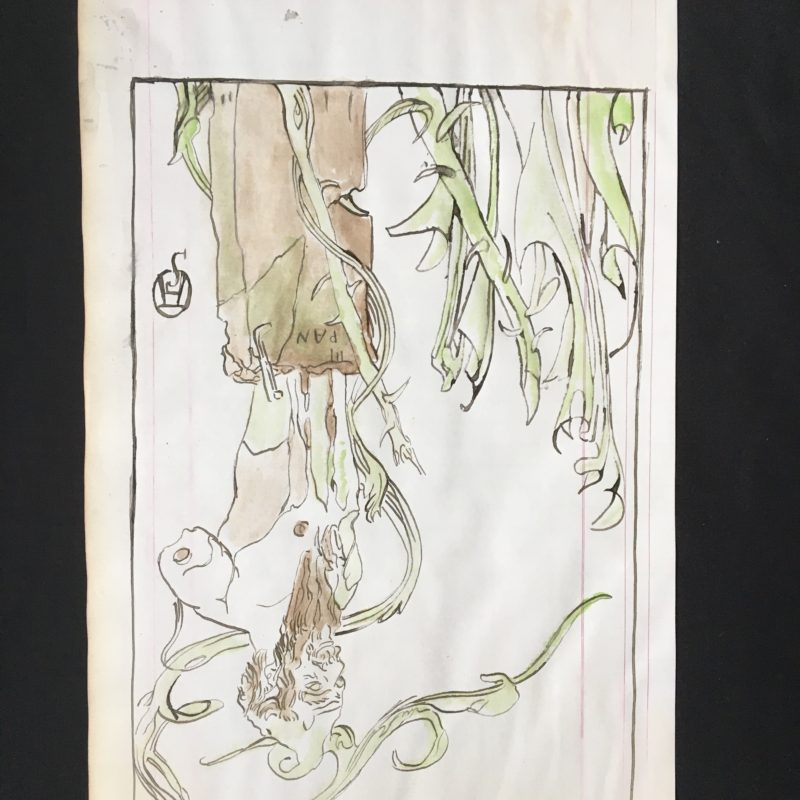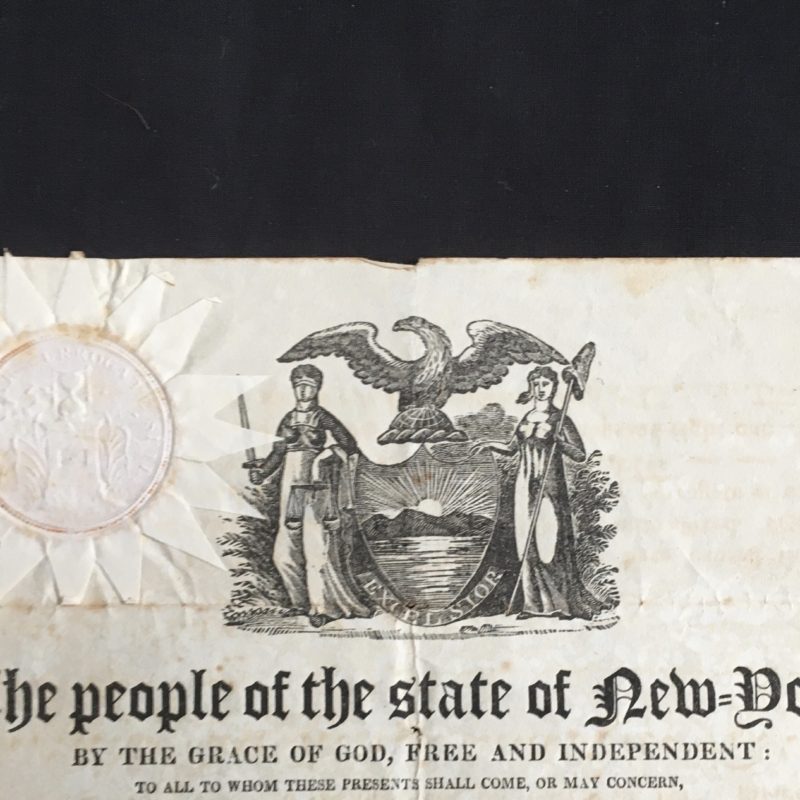French Key Of Solomon Original Grimoire Manuscript c. 1780s
$11,000
In stock
Description
A partial original manuscript copy of the Key of Solomon grimoire written by an unknown scribe, suspected to be Abbé Jean-Joseph Rivé (1730-1791), noted bibliographer and librarian.
Provenance: estate of Russell Johanson (1941 – 2013), owner of Ravenna Rare Books, Seattle.
Although one can read Golden Dawn founder S.L. MacGregor Mather’s Key of Solomon almost anywhere, “The Key of Solomon” has never been one unified text. Dr. Stephen Skinner’s survey of European and American library holdings arrived at 10 distinct Key “families” made up of 144 unique original grimoire manuscripts.
Grimoires, originally from the French grammaire, “grammar”, referring to books of magical instructions and experiments have always been personal works. Since the first Key manuscripts appeared in Greek in the 14th century they have been evolutionary and mutative in transmission. As an individual seeking magical material in the pre-Modern period might only encounter a given manuscript once, they would copy what they could down for personal use, resulting in errors, deviations, and additions with each new manuscript, depending on the author’s accuracy, taste, or personal trial-and-error. It is thought that this original process of scribes passing and collecting from grimoire to grimoire may have organically inspired the wide variety of magical literature that reached mass publication in the 19th century.
This previously unstudied example is one of the rarer “Abognazar family” Keys originating from Arles of which the British Library’s Lansdowne MS 1203 is the most famous example. Unusual for its size, dimensions, and near complete lack of illustrations — the almost universal Solomonic pentacles are described, not shown— the text’s content consists of the final third of the “usual” Abognazar structure, explaining how to make a magic carpet, create various rings (sometimes called the “Necromantic Rings of Solomon” in other texts), and control demonic spirits.
Despite its Spartan design, the manuscript is textually identical to and contains details and references to the unique visual features of one of the most celebrated luxurious Key of Solomon manuscripts. An out of place flower illumination in the middle of an unrelated paragraph, with a parenthetical note about its placement, directly connects this manuscript to the Bibliotheque Nationale’s MS BN 25314, specially created for the noted bibliophile Louis César de La Baume Le Blanc, the Duc de la Vallière by F. F. Fyot in 1781, and sold at auction to the Bibliotheque Royale– which became the Bibliotheque Nationale– at the time of his death in 1784 (Dorbonne-Aine, 771; Catalogue des livres de la bibliothèque de feu m.le duc de la Vallière, Vol 3).
The 18th-century dating of this manuscript copy’s binding, paper, ink, penmanship, and a contemporary addendum not found in the original suggest it originated before the sale. After copying the final lines, the scribe has included nearly two pages of spirit lists of the angels and demons of the hours and days of the week, copied from the 1416 first French edition of Cornelius Aggipa’s De Philosophie Occulte. The 1784 catalogue of the La Valliere auction reveals a copy of the same edition of Agrippa was sold alongside his key, but does not appear in the holdings of the Bibliotheque Nationale. Based on these facts, it seems likely that this manuscript was transcribed from the Duc De La Valliere’s grimoire, within his library, by someone who enjoyed literacy, access, and solitude to copy both books, combined with the economic status of an individual who could afford vellum to make this manuscript but not commission their own fine edition of the same text. One possible explanation for this example’s unique design is that it was meant to slip quickly and discreetly up a sleeve for easy hiding in case of interruption.
In searching for a suspect, few candidates are clearer than La Valliere’s Librarian, Abbe Jean-Joseph Rivé. A noted librarian and bibliographer, as well as the man most responsible for creating what has been called the greatest library of its age, Rivé’s interest in the occult is attested to by the catalogue from the posthumous sale of his own book collection at Marseilles in 1793.
Attempts at handwriting comparison have been hindered by COVID-19 closure of relevant archives of Rivé’s material as of September 2020.
32pp. 12in x 2in. Limp leather with stitch binding. Boards warped. Handwritten pages with uneven edges and some small tears. Final page repaired with document tape. Some small illustrations and pseudo-Hebrew throughout. Good condition.














